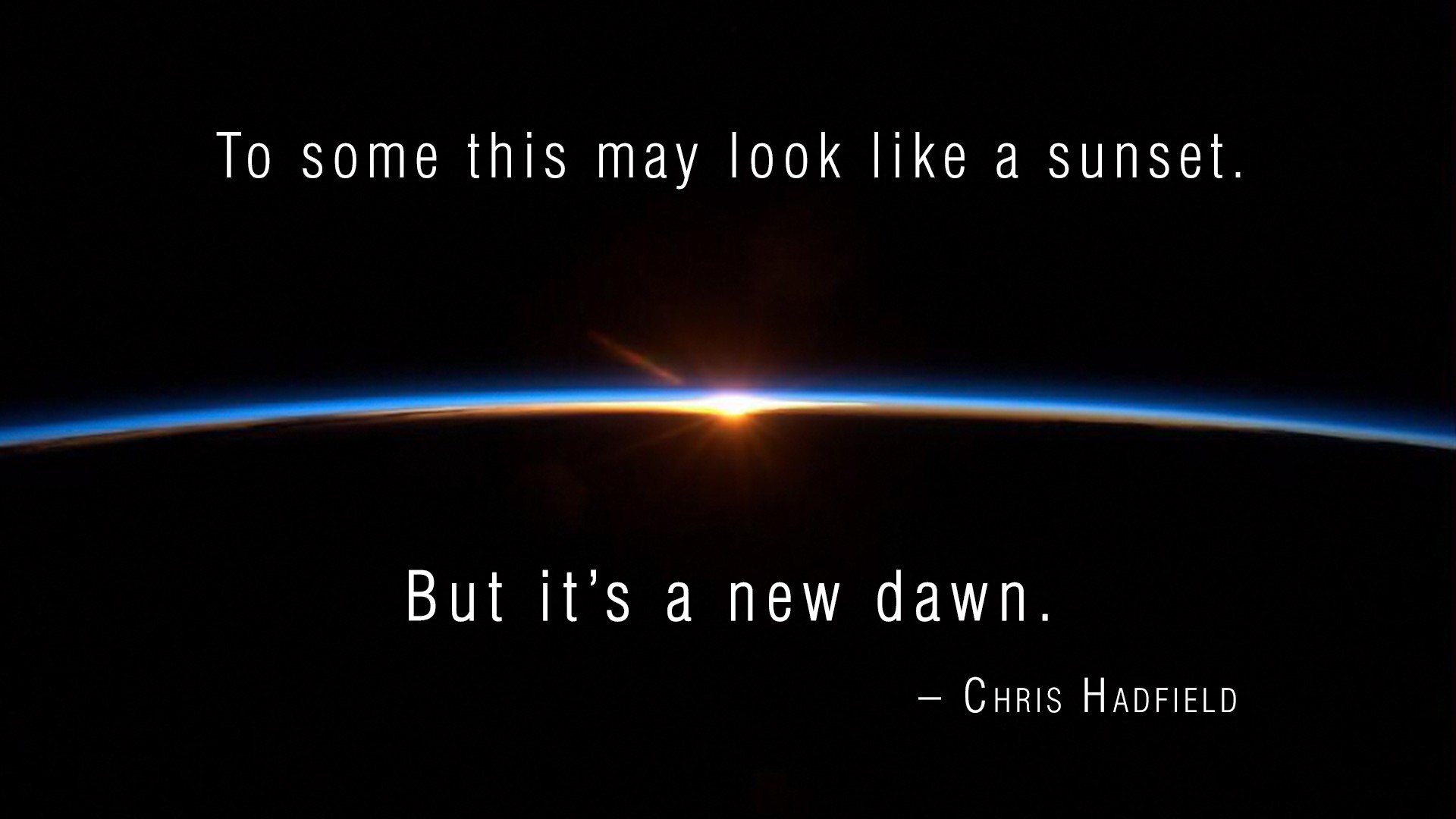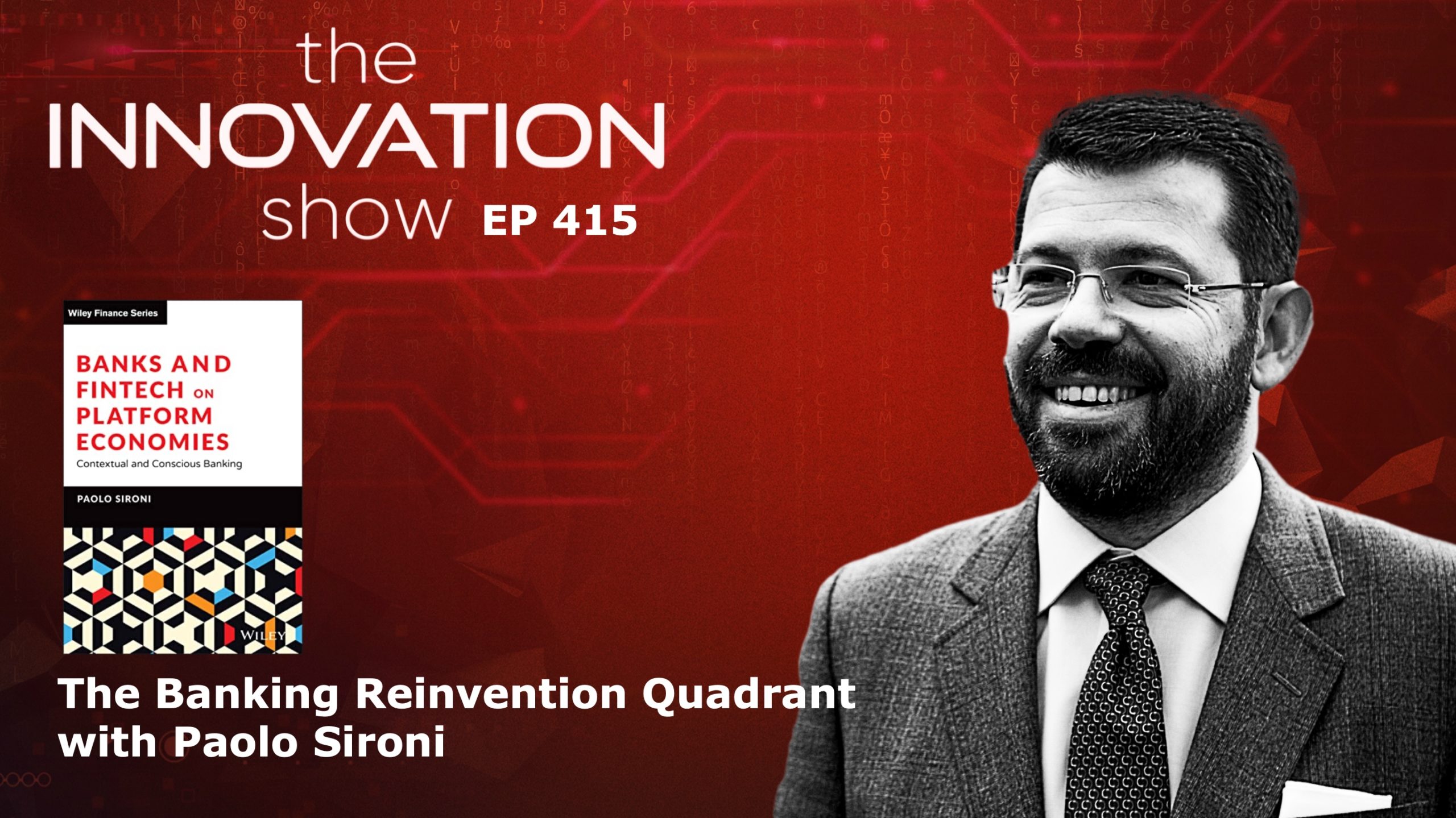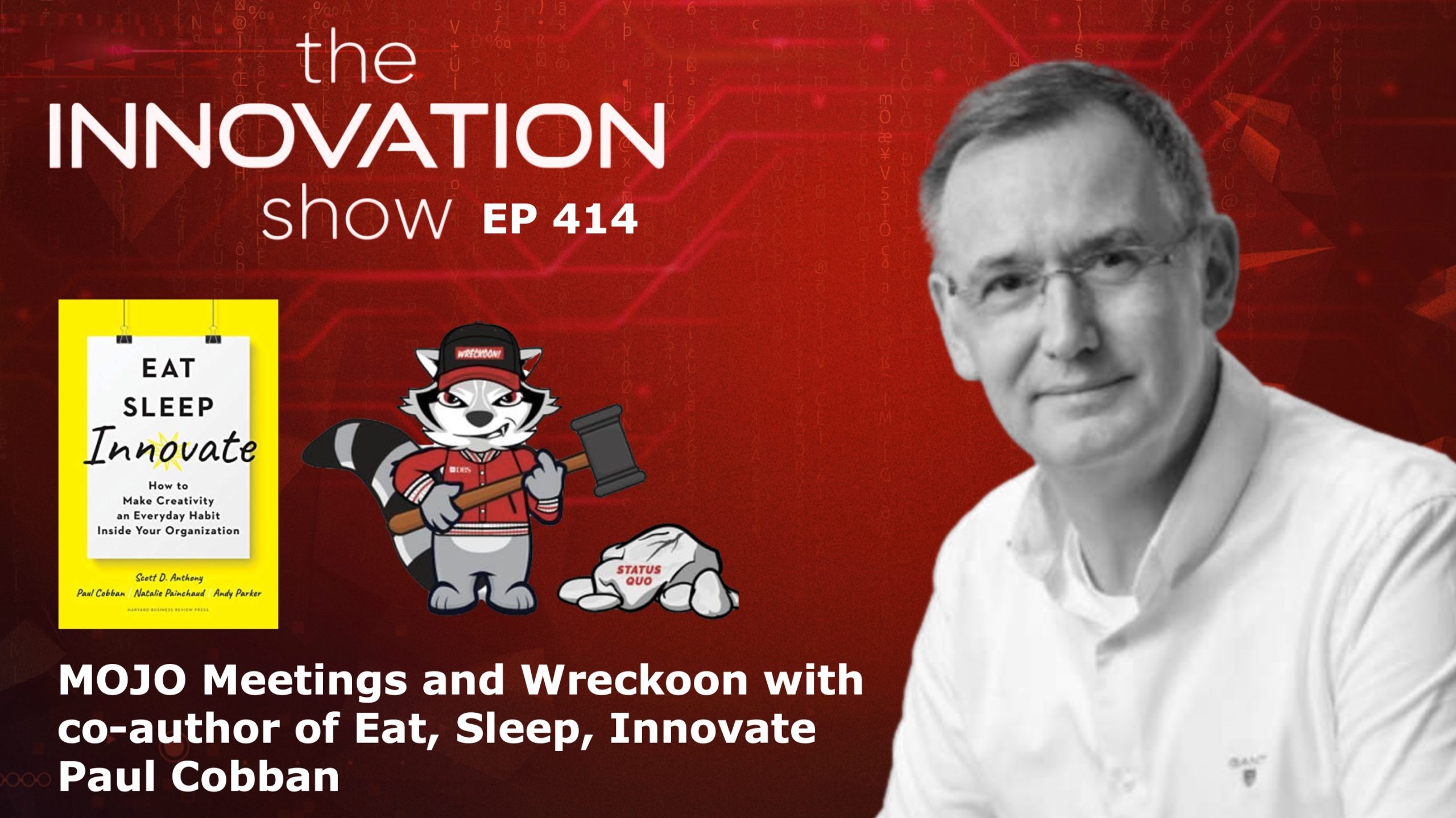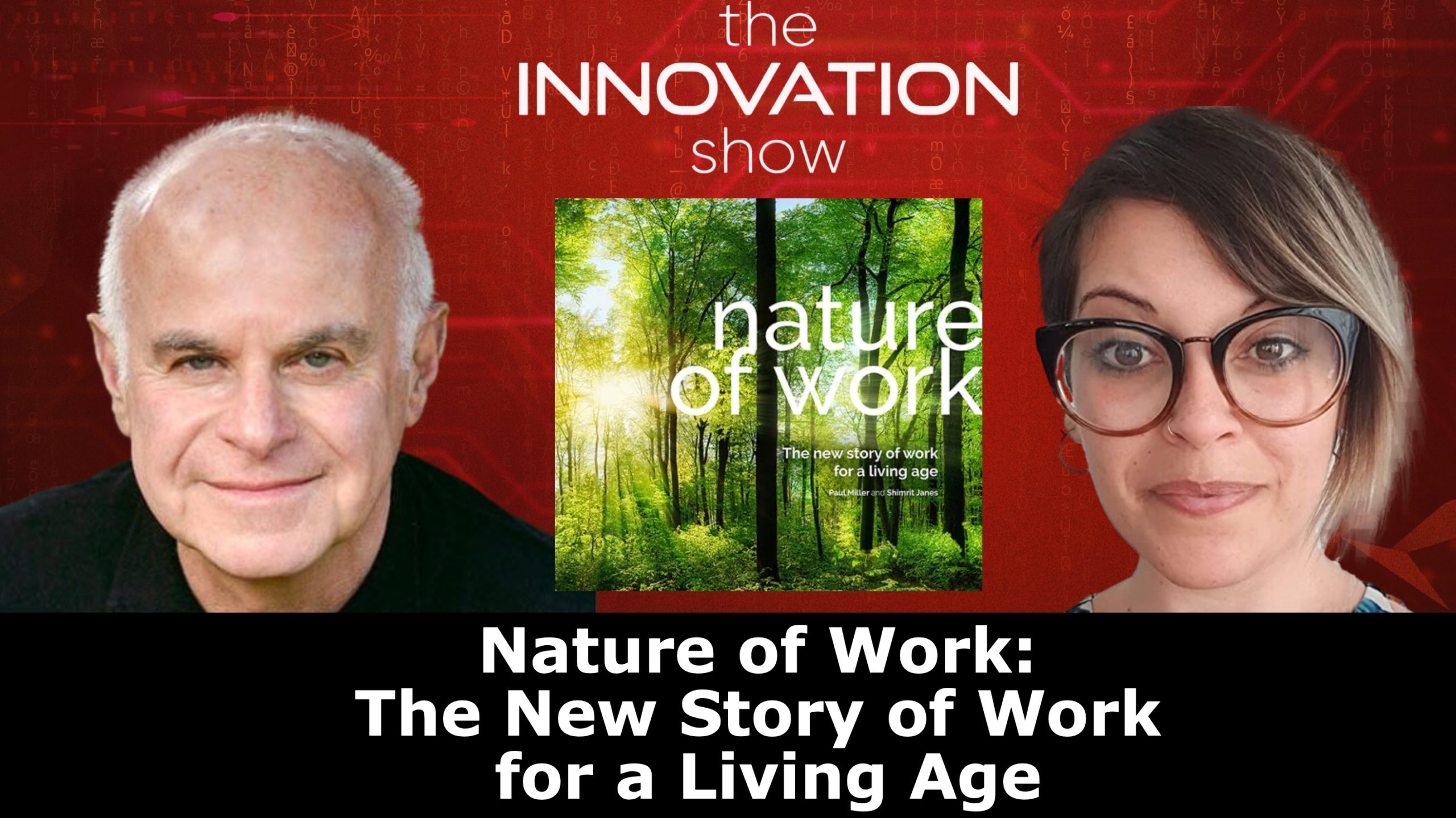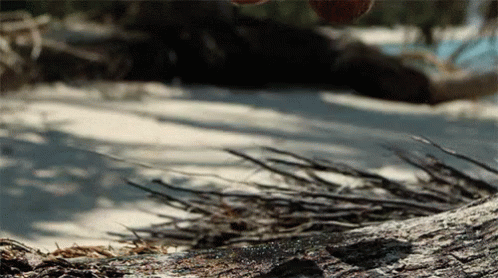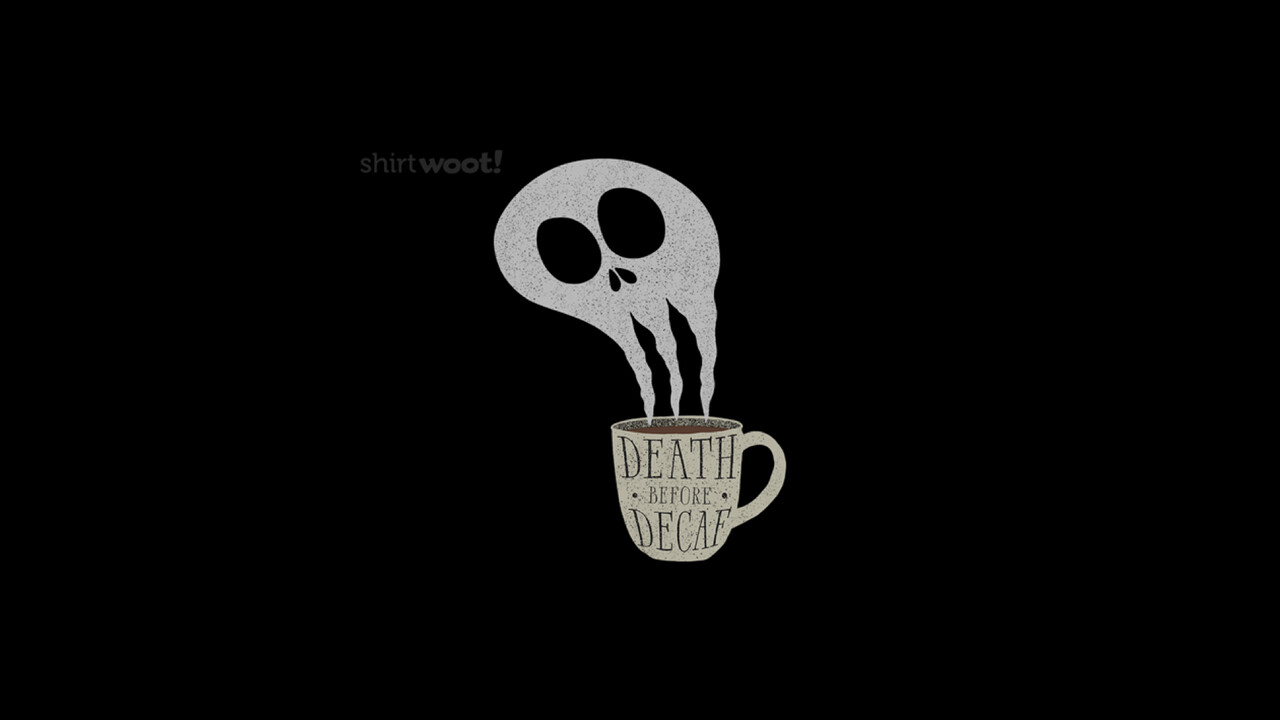The beginning of a new career is the end of an old one. For anyone struggling with change, remember that Winter always precedes Spring.
Posted 3 years ago Tagged Aidan McCullen Banking Reinvention Quadrant Innovation Leadership Paolo Sironi Strategy Transformation
Paolo Sironi offers the Banking Reinvention Quadrant (BRQ), and the compass pointing to the North Star of higher business value is the theory of Financial Market Transparency (FMT)
Posted 3 years ago Tagged Aidan McCullen Corporate Culture Disruption Entrepreneurship Innovation Transformation
Co-author of “Eat Sleep Innovate”, Paul Cobban, shares the importance of reframing your competitive set and the concept of MOJO Meetings and Wreckoon.
Posted 3 years ago Tagged Aidan McCullen Birds and Leadership Business Corporate Culture Dee Hock Disruption Leadership Transformation V-Form Leadership and Mentorship
Just as we can learn functional principles like air flight from birds, we can also learn soft skills like leadership and teamwork.
Posted 3 years ago Tagged Aidan McCullen Bob Moesta Business Clayton Christensen Efosa Ojomo Entrepreneurship Hal Gregerson Human Potential Innovation Innovator's Dilemma Joseph L. Bower Karen Dillon Leadership Matt Christensen Matthew Christensen Michael B. Horn Michael Raynor Rita McGrath Rose Park Advisors Scott D. Anthony Taddy Hall Technology Undisruptable
The work of Clayton Christensen changed my worldview and, ultimately, my life. I have been lining up all his co-authors to celebrate his life and share his theories. We have been interviewing each of these great thinkers over the last few months and into 2023. We will bring you each of those episodes in chronological order of his book releases. It includes Matt Christensen, Clay’s son and CEO of Rose Park Advisors, Rita McGrath, Joseph L. Bower, Michael Raynor, Scott D. Anthony Hal Gregerson, Taddy Hall Bob Moesta, Michael B. Horn Efosa Ojomo and Karen Dillon.
Coming Jan 23, 2023
Posted 3 years ago Tagged Aidan McCullen Artificial Intelligence Barry O'Sullivan Privacy Disruption ICLU Innovation Panopticon States Surveillance FRT Surveillance
We are seeing a global gradual introduction of surveillance in schools. This means children will become accustomed to such surveillance. We need to be wary of the water we jump into to avoid the fate of the boiling frog..
Posted 3 years ago Tagged Aidan McCullen Corporate Culture Innovation Leadership Nature of Work Oaul Miller Paul Miller Shimrit Janes Transformation
For Paul Miller and Shimrit Janes, the answer to a better world lies with The Nature of Work Mindset, a human and nature mindset.
Posted 3 years ago Tagged Aidan McCullen Aidan McCullen Undisruptable Corporate Culture Innovation Leadership Rita McGrath Seidenberg Strategy The Coconut Trap Letting Go Transformation Verizon
This week’s #thursdaythought is about letting go of assets before they have run their course. It is inspired by the latest episode of The Innovation Show with the author of “Quit” by Annie Duke. Serendipitously it is also influenced by Rita McGrath, who joined us in person this week in Dublin.
Posted 3 years ago Tagged Aidan McCullen Aidan McCullen Innovation Aidan McCullen Podcast Business Models Clinging to Business Models Mental Models Mental Models Quitting Annie Duke
Like the monkey holding the fruit, many of us cling to the past with clenched fists. We clutch to painful memories, we hold grudges, and we harbour what-ifs. We defend successes, mental models and the personas we have worked hard to develop. When we dwell on the past, we use up valuable energy that we could use to create our future.
Posted 3 years ago Tagged Aidan McCullen Business Corporate Culture Disruption Entrepreneurship Innovation Leadership Stealing From The Future: Decaffeinate Your Strategy Strategy Transformation
Stealing From The Future: Decaffeinate Your Strategy. Business Leaders steal from their future the same way coffee robs from our sleep.
